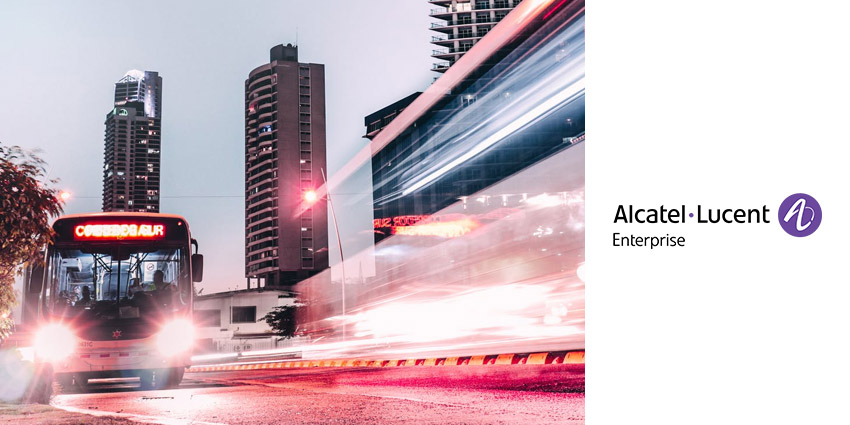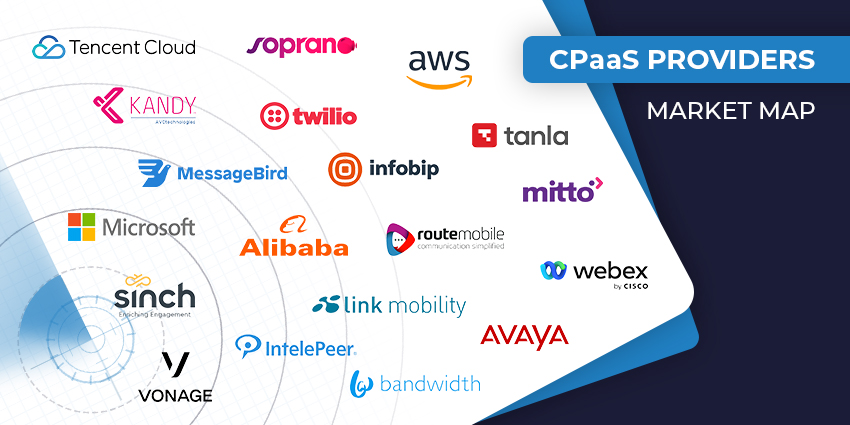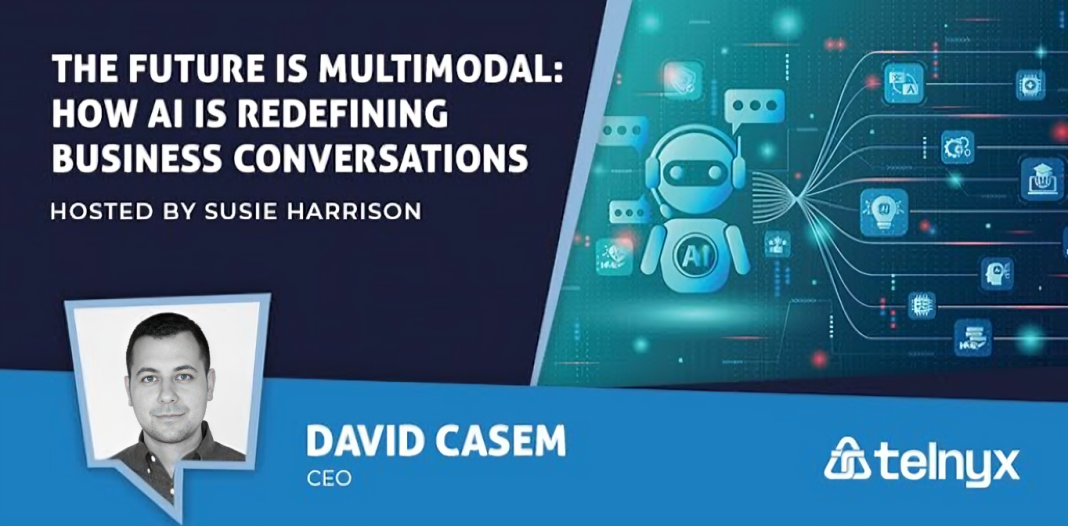It’s hard to argue with the fact that COVID-19 has had an insurmountable impact on the way we work and live. This worldwide event has accelerated the digital transformation of the workplace, and the world we live in like never before. Concepts like remote working and anywhere employment are more popular than ever. At the same time, there’s a growing opportunity for things like smart cities and IoT to change the way we interact with the world.
ALE is on the front line of this evolution, supporting companies in their quest to develop new connections between people and machines. One interesting area that’s evolving fast with ALE’s help, is the transportation sector. Transportation operators are now focusing on finding more ways to overcome the most common challenges of the workplace, and better serve their community.
I caught up with Solution Marketing expert for Transportation at ALE, Enrique Bolivar, to learn more about what’s happening.
How is Transportation Changing Right Now?

According to ALE, the passenger will travel again, but the way that we travel is going to fundamentally change. New rules are emerging to keep people safe in the new landscape, and transport operators have new considerations to address, like social distancing and new modes of interaction.
To continue moving in the right direction, transportation companies need to embrace the right support and technology innovations. Concepts like location based services, IoT adoption, collaboration applications, and CPaaS solutions will have more demand than ever.
As Enrique told me: “Transportation operators are adapting to a unique new environment. Although things like smart transportation trends and contactless interactions were already on the horizon for some groups, they’re now mandatory solutions. Network solutions and contactless transactions are essential in the current landscape, and they’ll continue to evolve when the world is out of crisis mode.”
Enrique noted that 6 months ago, contactless payments and smart ticketing were only just emerging– now they’re a must-have. Companies in the transportation space must be prepared for this shift.
How is ALE Supporting Transport Transformation?
Enrique told me that the aim of ALE right now is to provide the components that complete the digital transformation journey for their customers.
For instance, while ALE doesn’t offer smart ticketing, it can provide the IoT networking solutions that track the path of a passenger from end to end to compute the fare of a journey. Also, ALE can offer CPaaS services that collect information from cameras that determine whether someone isn’t wearing a mask and communicate to the right security team.
“We’re producing the important elements that complete or enhance the new solutions for transportation providers. There are many different use cases where our networking, IoT, and communication solutions can play an important role”
Enrique referenced ideas like people density detection, where cameras on a bus or train can determine how many people are in a space, to reduce the risk of over-crowding, Information on risks and threats can go straight to the back office to help employees take action fast and inform passengers through the application to help them distribute to the less crowded areas.
Other opportunities emerge in the use of cameras for face mask and body temperature detection. Through thermal video cameras, companies can see whether a person’s temperature is over a dangerous point. The IoT hub then notifies the Rainbow communication platform to suggest the best possible “next steps” to the right team.
ALE offers virtual front desk solutions for front-line worker protection too. As new contactless interactions become more essential to protect passengers and staff, these updated communication options are essential. ALE can use technology to route passenger requests through chatbots and to a member of staff without the need for face-to-face physical contact.
How are Employee and Customer Experiences Improving?
As these new measures come into place, I asked Enrique how customers and staff members are responding to the arrival of new technologies and tools. He noted that there are many reactions to the changing landscape right now, but most are positive.
From a remote working perspective, for instance, the right technology ensures that back-office workers can remain protected in the current landscape. Remote working is presenting a valuable alternative for back office workers that no longer need to be on the front-line. Functions related to customer support and logistics can happen at home, using the right technology to extend the enterprise premise.
With ALE, companies can allow their teams to have the same collaboration and communication applications, as well as the essential tools they use in the office. This protects the back-office worker and reduces the number of people required in the transportation system. Rainbow’s UCaaS application, contact centre solutions and telephony services are supporting the new workforce.
On the other hand, customers get a more effective experience from the transportation environment too. They can stay safe and rest assured that the transportation operator is doing everything possible to protect them from exposure. Even the boarding process – one of the main headaches for transportation operators – can change. During boarding, most people end up getting confined in a small space, which harms opportunities for protection compliance.
“Personalized boarding offers a more comfortable and secure solution that sticks to strict security and protection rules. Integration with a passenger information display through the Rainbow CPaaS platform allows employees to collect information about a passenger’s seat number and inform them when it’s their turn to get onboard.”
Is Now the Right Time to Innovate?
As companies continue to struggle to return to the standard work environment and live with the new and changing restrictions in place, I asked Enrique whether now the best time for digital transformation is. He told me that the transportation sector has already been badly affected by COVID-19, with business operations reducing dramatically.
However, the transportation sector can’t afford to simply shut down. These groups are receiving a lot of government help and support to ensure that economies can continue to thrive, even in these difficult times. Even if the transformation of the sector isn’t convenient right now – it is essential. No company can afford to fall behind on providing the safe and forward-thinking travel experiences that consumers demand.







